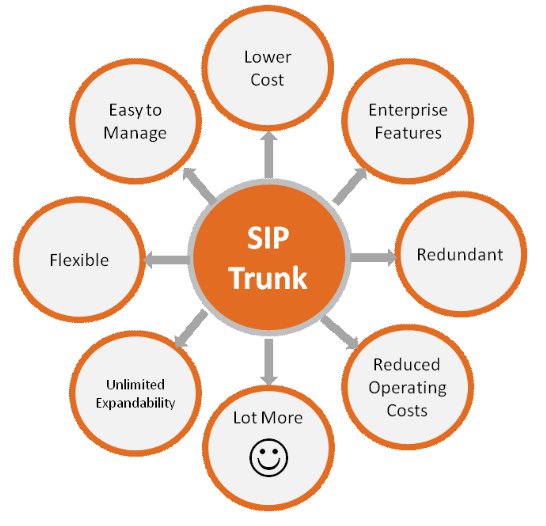Let Your Money Earn
- info@finoda.in
- +91 9035 29 4343
Systematic Investment Plan (SIP) is a mode of investment for mutual funds in which investors make regular, automated contributions periodically. With SIPs, you can plan your investments to achieve your financial goals over the long term. You can do this by determining the target amount and the amount you’d like to invest at periodic intervals in a mutual fund scheme you’ve chosen.
For instance, say you’d like to invest ₹500 each month for five years. You can set up a SIP with a mutual fund and automate your contributions for the said period. You can also choose to contribute more or less frequently. Typically, SIP mutual funds allow investing weekly, monthly, quarterly, semi-annually, and so on.


The best SIP (Systematic Investment Plan) funds for an investor can depend on several factors, including:
Investor’s Risk Profile: The investor’s risk appetite plays a significant role in selecting the right SIP fund. For instance, if an investor is risk-averse, they might prefer investing in a debt fund that offers more stability, whereas an investor who is willing to take risks might choose an equity fund that offers higher returns but with higher volatility.
Fund’s Return Consistency: The fund’s track record in generating consistent returns over a long period is an important factor to consider while selecting a SIP fund. Consistent returns indicate that the fund manager has been able to generate returns irrespective of market conditions.
Investment Horizon: The investment horizon is the duration for which an investor intends to stay invested in a particular fund. Longer the investment horizon, higher the risk an investor can take. For example, if an investor has a long-term investment horizon of 5-10 years, they may choose equity funds that have the potential to generate higher returns over the long term.
Expense Ratio: The expense ratio is the annual fee charged by the fund house to manage the fund. A lower expense ratio implies that the fund house charges a lower fee for managing the fund, which can result in higher returns for investors.
Asset Under Management (AUM): The size of the fund’s AUM can be an indicator of the fund’s popularity and performance. A fund with a large AUM generally indicates that investors trust the fund and its performance.
Overall, the best SIP funds for an investor can depend on various factors and can vary from person to person based on their investment goals, risk appetite, and investment horizon. It is advisable to consult a financial advisor to understand the investor’s specific needs and make an informed decision on selecting the right SIP fund.
Before you set up your SIP, there are a few essentials you need to know about how SIP works. If you find it easier to learn through a visual mode, here’s a quick video in Hindi explaining how SIPs exactly work.
There are three stages to investing in SIP from the beginning to the point where your funds are invested in a mutual fund scheme:
If you don’t know how to invest in SIP, ET Money can help with its quick, beginner-friendly three-step process.
If you prefer to watch the steps rather than read through them, here’s a video that will help you set up a SIP
1. Choose a mutual fund
If you know how to invest in mutual funds, you’ve probably already figured this one out. If you’ve chosen a category and need help narrowing your choice down, ET Money has a fund report card to help you select from a list of top funds for each category. Once you’ve selected a fund, click on Invest now.
2. Select your monthly contribution and time horizon
You’ll now see a page that will ask you how much you’d like to invest each month (or you could choose to invest a lumpsum amount). If you choose SIP, you’ll also need to select a monthly installment date and the SIP tenure.
3. Next, fill in your bank account details or upload a cheque leaf if you want the algorithm to extract the details automatically. Your account will be deposited ₹1 for verification.